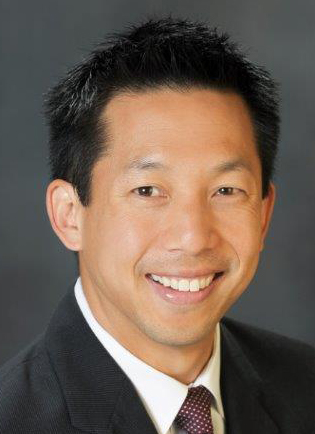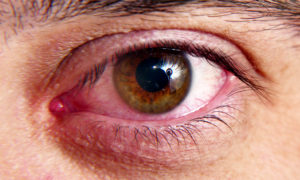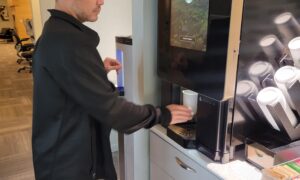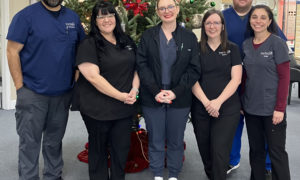By Brian Chou, OD,  FAAO
FAAO
February 25, 2015
Last month, at a community lecture on the future of medicine sponsored by the San Diego Union Tribune, Eric Topol, MD, author of The Patient Will See You Now, opined that a smartphone adapter with software would replace optometrists, to the amusement of the lay audience.
Dr. Topol was referring to NetraG, self-refraction technology developed by MIT MediaLab. The company, EyeNetra, says that NetraG is “…just as accurate as top-tier autorefractors that cost up to $45,000,” based on testing more than 5,000 people. And NetraG isn’t alone.
Another adapter and app, SVOne, from Smart Vision Labs, performs auto-refraction. Before you say, “But refraction isn’t all that we do,” consider that there are already several smartphone adapters with apps for evaluating eye health. Take for example, Peek, which permits fundoscopy and other measurements including visual field screening. There is also the EyeGo, which performs anterior and posterior segment photography.
With clinical data and imaging uploaded to the cloud, will data-driven diagnosis challenge doctor-driven diagnosis? Yes, according to Dr. Topol, who boldly argues that data-driven diagnosis may eliminate doctors in simple cases due to better accuracy, convenience and low cost.
At least for now, technology for self-administered eye examination using adapters and software for a smartphone is not a reality. Yet that time may approach quickly if digital medicine assumes doubled performance every 18 months (Moore’s Law), which to this point, has applied to common consumer electronics. From my consultative work for several start-ups developing technology that can self-administer eye measurements, I believe it’s just a matter of time when refraction and eye-health diagnosis becomes viable through mobile devices. When that day arrives, how should our profession react?
Before addressing our profession’s collective response, let’s look at what’s happening in the taxi industry where the rise of ride-sharing services like Uber and Lyft via smartphone apps, has taken a stronghold. In this area, the technology is already here to connect drivers with riders, cutting out the taxi companies. The consumer demand is real for a less expensive alternative to taxis, along with other enhanced elements of service including real-time arrival estimation. When I was in Orlando a few weeks ago, my taxi driver told me that the local cab company with market share was combating ride-sharing companies by slipping politicians favors and money under the table, encouraging them to create obstructive regulations to put the brakes on Uber and Lyft.
By analogy, when self-administered smartphone eye examinations are available, will our professional associations lobby our politicians to lay down road blocks, playing the “eye health and risk-of-vision loss” card? The eyecare industry’s negative reaction to Opternative, the online-based eye exam, predicts a similar reaction. For example, as a consequence of Opternative, optometrists in Michigan lobbied to pass Senate Bill 853 so that this type of technology will not be valid in that state. Opternative also influenced the Ohio Board of Optometry to recently release an official policy statement opposing online refractions.
There are certainly valid concerns about eye health – and this cannot be overstated – but what if the evidence convincingly shows that data-driven diagnosis is equal or better than our traditional doctor-driven diagnosis? That outcome cannot be ruled out. Sure, the knee-jerk reflex is to protect our livelihood. However, if doing so runs counter to the best interests of patients and consumer demand, then I say that our profession deserves to hit the dustbin.
The other possibility is that data-driven diagnosis may turn out to be good, but not great. This scenario is equally disturbing, since the enemy of great is good enough. The existence of over-the-counter reading glasses is proof that consumers will seek what’s good enough if it’s easy and cheap.
The technological advances toward smartphone eyecare are unstoppable. Perhaps optometry should move toward embracing, rather than resisting, these advances. Furthermore, exponential improvements in smartphone eye exam technology and the resulting abundance of basic eyecare would set the stage for a dramatic reduction in the need for more optometrists. This outcome is worth considering given the plethora of recently opened for-profit optometry schools, with even more contemplated.
Is your practice noticing an impact yet from “smartphone eyecare?” What is the best way for us to confront, and benefit from, this new challenge?
Brian Chou, OD, FAAO, is a partner with EyeLux Optometry in San Diego, Calif. To contact him: chou@refractivesource.com.



























